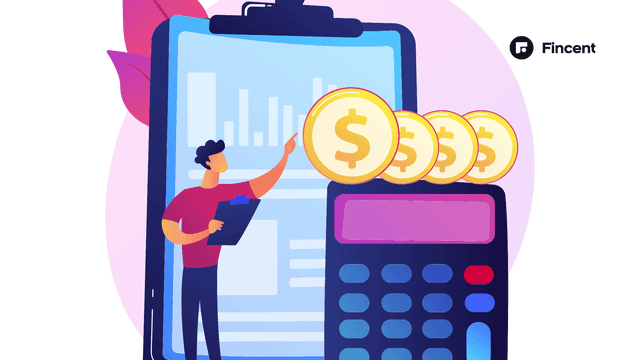- Glossary
- Isocost Line
Isocost Line
An isocost line is a graph that displays different possible input (labor and capital) combinations that can be bought for an anticipated total cost. An isocost line yields the same output total cost for any combination of inputs.
Understanding Isocost Line
Let's take a quick look at the cost of the company through time before moving onto the isocost line's operations.
A particular company has the freedom to choose how to conduct its business in the long run. A company's capital and workforce can be increased or decreased based on its needs. To reduce output, businesses have the freedom to choose from a variety of labor and capital combinations.cost.
A company can choose from a range of input combinations on the isocost line that produce the same output. Yet, depending on their field of operation, businesses base their judgements on a variety of inputs. A company may decide to construct a labor-intensive production facility if it is situated in a region with low labor expenses in order to lower production costs.
Isocost Line Equation
To better understand the idea, let's dig deeper into the isocost line calculation.
We are aware that an isocost line displays every feasible pairing of labor and capital for a given cost. So, let's assume that is the total cost of generating a certain amount of output and indicate the rental cost of capital and total wage of labor, respectively, in order to establish an isocost line equation.
The equation of the isocost line is:
C = r * K + w * L
Where:
K - the amount of capital employed
r - the rental rate of capital
L - the amount of labor employed
w - the wage rate.
Isoquants
An isoquant is a collection of points that demonstrates all technically viable methods to combine inputs for a given level of output. It is often referred to as the curve of equal product. When there are two variables, such as labor and capital, an isoquant is displayed as a curve on a graph with the quantities of the two variables plotted along its axes. The curve displays effective alternative production methods or different pairings of two components that can result in a fixed level of output.
The Cost-Minimization Problem
The firm's cost-minimization challenge is to select the cheapest viable input bundle (K,L) for the output level y. A point on the isoquant for the supplied y that is on the lowest feasible isocost line is referred to as a cost-minimizing input bundle.
In other words, a cost-minimizing input bundle needs to meet two requirements:
- It is on the y-isoquant
- No other point on the y-isoquant is on a lower isocost line.


